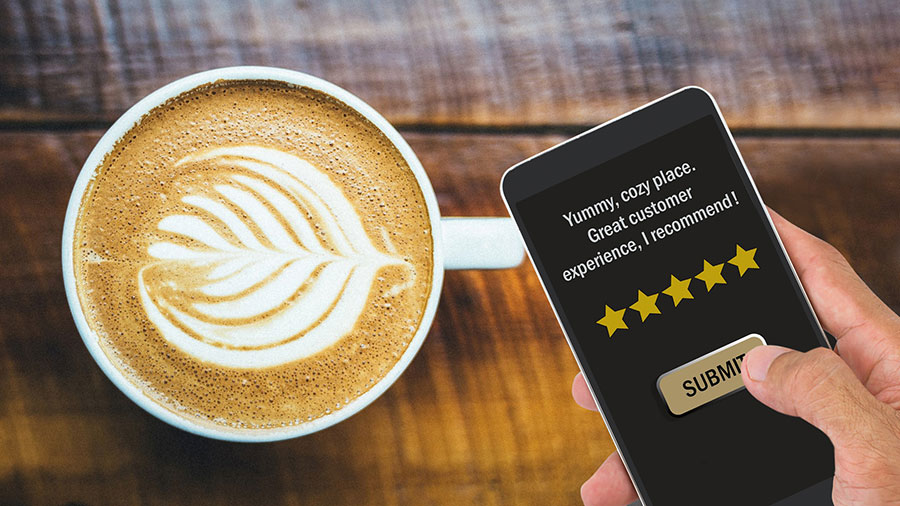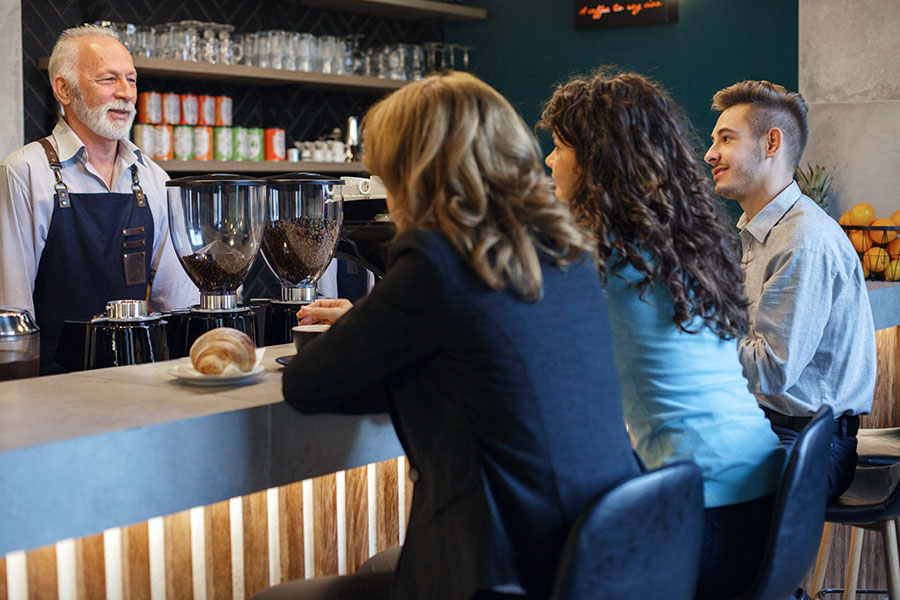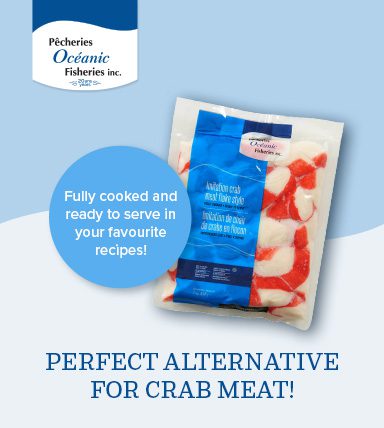As a hospitality brand, your business is built on the premise of serving customers’ needs with an experience and value aligning with their expectations. The question is, have you done the due diligence to truly identify and understand who your customer is?
The answer to this is critical to the success of effectively attracting the right customers who reflect your brand experience, to achieve a win-win customer-centric approach.
But why leave it to guesswork? It’s time to eliminate the stabs in the dark. Here are five easy strategies to identify who your guests are through relevant information and factual insights.
Customer-centric: you know who your customer is and your restaurant experience is designed foremost to service their needs and meet their expectations.

Location, Location, Location
It may be an old adage, but your restaurant location plays a significant role in identifying your largest potential customer base. Location acts as a convenience factor, meaning guests who reside or work nearby are more likely to frequent your restaurant, and more regularly as well. If your eatery is near a family suburban community, then you will likely be attracting more families with children, versus a downtown city restaurant. Your city or municipality can provide you with the demographic information of who resides in your area. The first step is to utilize these data to define your overall brand experience to match with the people most likely to dine with you, and the type of guests you want to attract to meet your objectives. Use this to guide the brand theme, service level, ambience, décor, menu offering, and price point.
Who’s eating there
Understanding who your closest competitors are and the types of guests they’re attracting is typically a realistic representation of those you can expect to serve as well. So, get out there and visit at least three competitors within the same restaurant category as you: quick service if you’re in the quick service sector and family casual if you’re catering to that market. Create a list of attributes you’ll be comparing such as operational flow, marketing, team uniforms, atmosphere, menu offering and price. Then take a seat at their table to truly understand the service experience and the types of guests also dining in or taking out. Be sure to note your observations on your checklist for easy comparison and analysis to help identify who your customer will be, or should be.
- TIP: Read your competitors’ customer reviews and browse their social media platforms to better understand the community of guests they are attracting and serving!

The digital customer is your customer
Some of the most useful information to understand your customer is right at your fingertips, literally! Social media platforms provide factual data on who is engaging with your brand from their location, age, gender, and the type of content they are most engaged in. The best part? All of this information is FREE and can be viewed over various time frames to observe how your digital customer community is growing and changing based on your marketing efforts. Start by creating a monthly report in Excel, so you can track user demographic and engagement results. Analyzing this info may uncover gaps between who is engaging with your digital brand versus who is actually dining with you, and where to focus your efforts to attract the right customer for better business results.
Have you asked them?
Ask and you shall receive, as the saying goes. If you’re an established restaurant with a social media community or a customer email list, an efficient low-cost strategy to better understand your actual customer is to ask them more about who they are. Go to the source for up-to-date intel, by creating surveys of one-10 questions or social media polls to collect data about their location, age, lifestyle, preferences, and ways you’re performing from their perspective. Remember to keep the questions short and sweet to improve customer response results. This info will be invaluable not only to identify who your current customer is, but also to improve operations and service levels to better align with guests’ expectations. Utilizing incentives such as gift cards or complimentary menu items is an effective way to motivate responses, while making guests feel valued by your brand. Total win-win!


Get to know them, personally
An approach at the core of the most successful hospitality brands is taking the time to truly get to know your guests on a personal level. Everybody wants to feel welcomed and valued, so that when diners walk into their favourite restaurant, they feel special when greeted personally by a familiar face. The simplest and likely the most rewarding approach to understanding your customer base is to have your team take the few extra minutes per visit to ask guests questions that in turn create the customer-centric experience. (Be careful, though, to be subtle and not intrusive.) Turn this service approach into a strategy by having a set of questions each service team member is to utilize to spark conversation with each new table. Once they’ve received the guest responses, have them document the guest profile in a shared document. The result? Collectively, as a team, you are gathering relevant information to better understand your current customers, how to better serve them, and how to improve business success.
Key demographic data to try to collect:
| Gender |
| Ethnicity |
| Age range |
| # of guests dining |
| With or without children |
Here are a few question examples:
- Name introductions.
- Inquire if they live in the neighborhood. If they do, great; if they don’t, ask casually where they’re from.
Now you will gain an understanding of how far guests are willing to travel to experience your brand. - Have they dined with you before? If so, what did they order the last time? Did they enjoy it?
- TIP: Great opportunity for suggested upselling here!
- Find out how they first heard about your restaurant.
This will provide insight on the effectiveness of your marketing and communication strategies.
In addition to these consumer data collection strategies, most point-of-sale systems provide valuable customer lifestyle and preference data such as most popular dining times, preferred menu items, and average cheque size. Report on these findings monthly and summarize the results along with the demographic data collected. By combining these five strategies and analyzing the valuable information over an extended period of time, you will achieve a clearly defined customer base you can better serve with a more finely tuned customer-centric approach.



